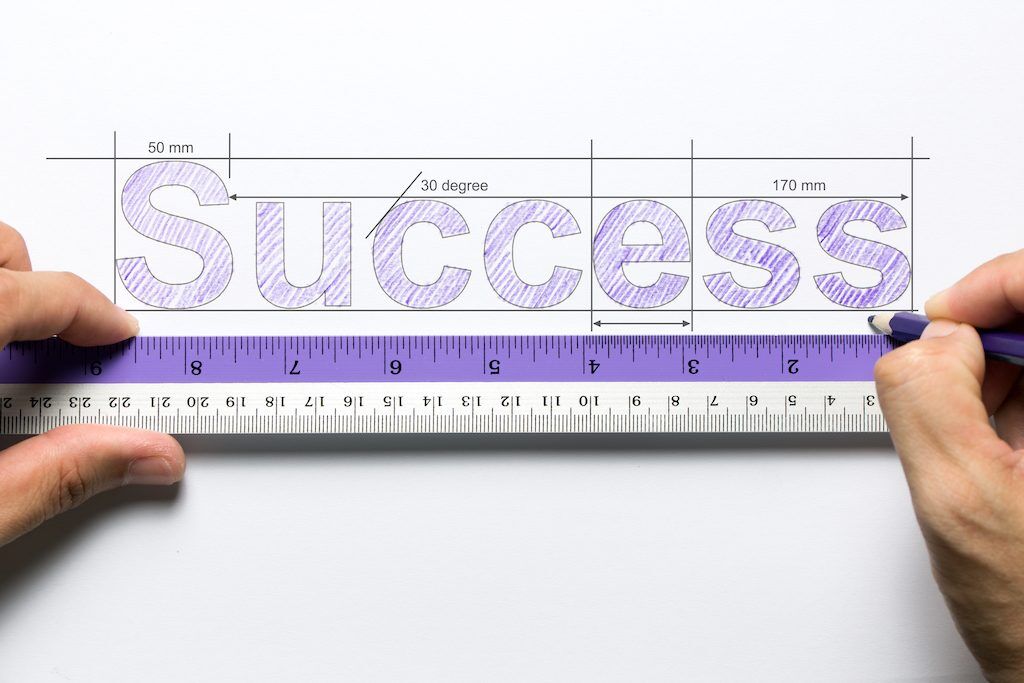Enhance your c-store performance by learning how to calculate shrinkage, determine your sales per square foot, and track your convenience store daily sales report to understand average customer spending.
As of 2021, there are approximately 121,538 combined gas stations and convenience stores across the United States, according to the National Association of Convenience Stores (NACS). Competition within the c-store industry is high, and c-store owners struggle to find ways to increase customers, boost profits, and improve efficiency.
C-store technology, like your POS system, can help you work more efficiently and provide you with specific data, but how do you turn that data into profits?
Nail Down These 3 Key Performance Metrics to Improve Your Convenience Store Profitability:
#1: Reduce Inventory Shrinkage Rate
The inventory shrinkage (or theft) rate determines the percentage of inventory lost from the production point to when you sell it.
Tip: Determine the shrinkage rate by conducting a physical count of your inventory and calculating its cost. Subtract the cost from the price listed in your accounting records. Divide the difference by the inventory amount shown in your accounting records to get the shrinkage percentage rate.
Top reasons for shrinkage include:
- Employee and customer theft
- Employee errors
- Broken merchandise
- Spilled or spoiled merchandise
- Merchandise misplaced
To reduce your c-store inventory shrinkage rate, focus on inventory placement at your convenience store, giving you better visibility to certain products. Additionally, track inventory quickly and easily using hand-held scanners. You’ll reduce errors, spot theft faster, and eliminate unnecessary paperwork — you can also spend more time training your employees to help prevent theft. Lastly, create inventory loss awareness, and use the data gathered from your POS inventory software to determine how you can reduce shrinkage and improve your bottom line.
#2: Measure Sales Per Square Foot
Sales per square foot measure your store’s average revenue for every foot of sales space. This is an important metric because it tells you how efficiently you use available space within your c-store. If you own multiple convenience stores, tracking sales per square foot becomes even more vital so you can see how each store uses space effectively.
Tip: Determine your sales per square foot by dividing each location’s sales by its total square feet of useable sales space.
#3: Measure Average Customer Spend
The average customer speed is an essential convenience store measurement because the average dollar spent per transaction gives you an overall view of how much your average customer spends and what items are purchased.
Tip: Determine average customer spend by taking your convenience store’s average transaction value and dividing your total revenue by the number of transactions. You can easily find this information in your convenience store’s daily sales report.
Bottom Line: Knowing the average customer spend helps you manage item-level inventory and balance the product mix you offer to meet customer demands. That way, you can examine the percentage of sales from food, tobacco, alcohol, or lottery. You can also decide if investing in self-checkout or curbside pickup is a viable option for your convenience store.
Knowledge is Power — and Power May Mean a Better Bottom Line
While it’s easy to guess whether your convenience store is thriving by monitoring your c-store month-to-month sales, it’s much harder to use concrete data to get a better understanding of your business as a whole. You need to know the different factors that affect your c-store’s performance and how to evaluate each factor to then take action to make improvements.
Invest in affordable convenience store back-office software, like Petrosoft’s CStoreOffice® to track these three key performance metrics in one place so you can make better business decisions to increase your c-store profits.
Get a CStoreOffice® demo today.
